Manufacturer: Asus
UK price (as reviewed): £269.99 (inc. VAT)
US price (as reviewed): $259.99 (exc. tax)
If anything, AMD's 7nm Zen 2 architecture suits the mini-ITX form factor more than any other range of CPUs right now due to the fact that AMD is cramming so much horsepower into small places, but with very low heat loads and power requirements. For example, getting similar grunt to its Ryzen 9 3950X means opting for the Core i9-10980XE, but it consumes 130W more under load with heat load to match. With ASRock's X299E-ITX/AC having gone end of life and extremely difficult to get hold of, this means that one of the various AMD X570 (or indeed X470 and B450) mini-ITX boards are now a much better option if you're aiming to build a monster small-form-factor rig, and Asus has finally shown its hand with the ROG Strix X570-I Gaming.
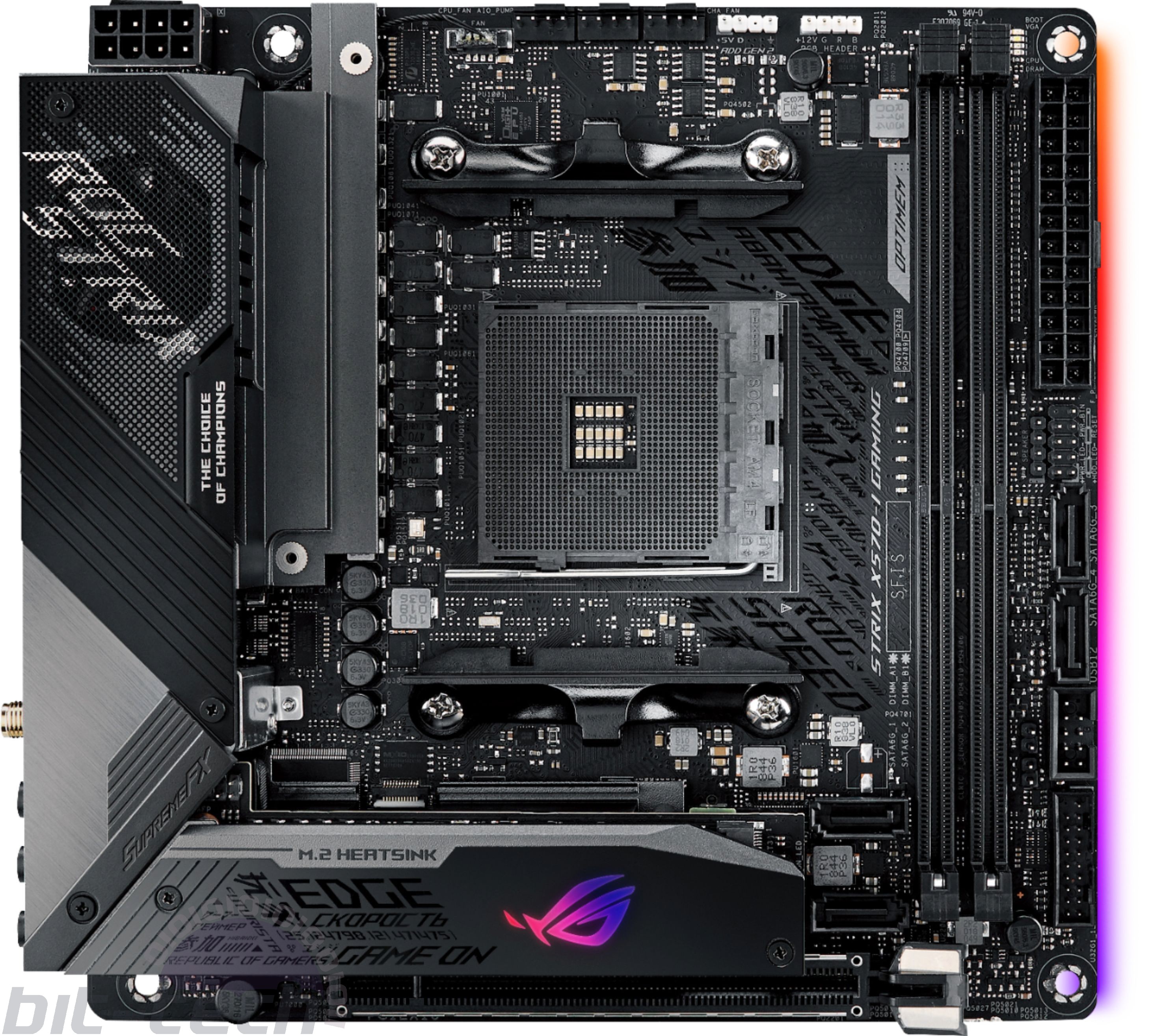
Of course, it already has the spectacular Crosshair VIII Impact, but retailing for £100 more and also adding more than 30mm to the length of the PCB due to its mini-DTX form factor means that this new mini Strix is likely to be a better option for most. In fact, Asus probably knew this and delayed its launch so as many people as possible bought the Impact. However, with Gigabyte's effort being mediocre in a couple of areas, Asus can still grab the middle ground, but it will need to contend with the fact that the Gigabyte board can be had for less than £220, compared to the £270 here.
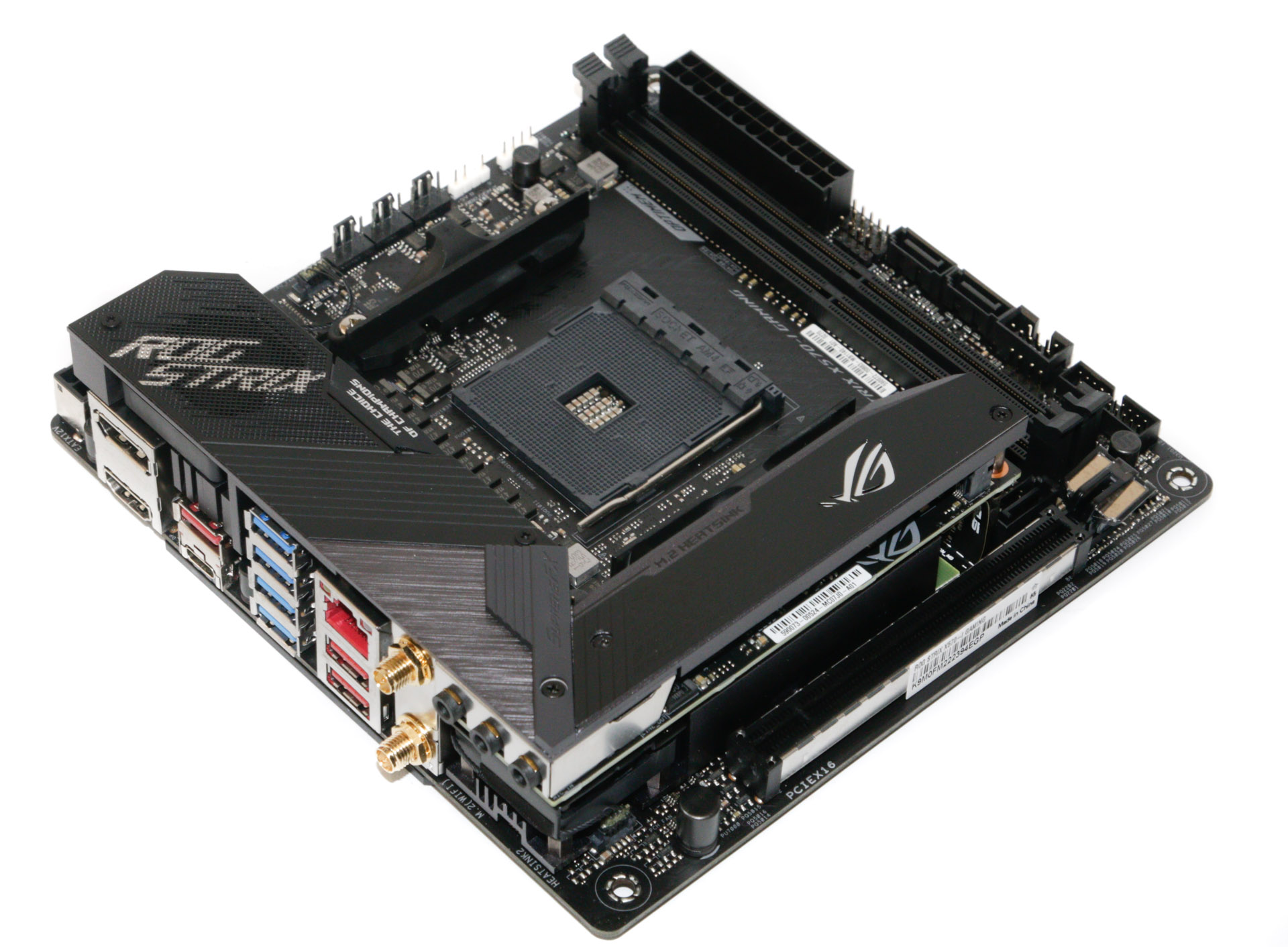
It's definitely a looker, with or without RGB lighting and like most X570 efforts, Asus has spent plenty of time tweaking the PCB to cater for the toasty chipset and the potential for using a 16-core CPU here. Below, you can see that not only is there the usual rear-mounted M.2 port, making a pair of PCIe 4.0/SATA 6Gbps-capable M.2 ports, but Asus has included a large backplate, which cools the rear of the VRMs. There's no software monitoring and with all the heatsink paraphernalia, it is tricky to get an accurate reading, but the surrounding area, top-side heatsink and lower heatsink never topped 50°C. Thankfully, the included 40mm fan here is inaudible more than a few feet away and it does seem to keep things in check - essential for a stuffy mini-ITX case.
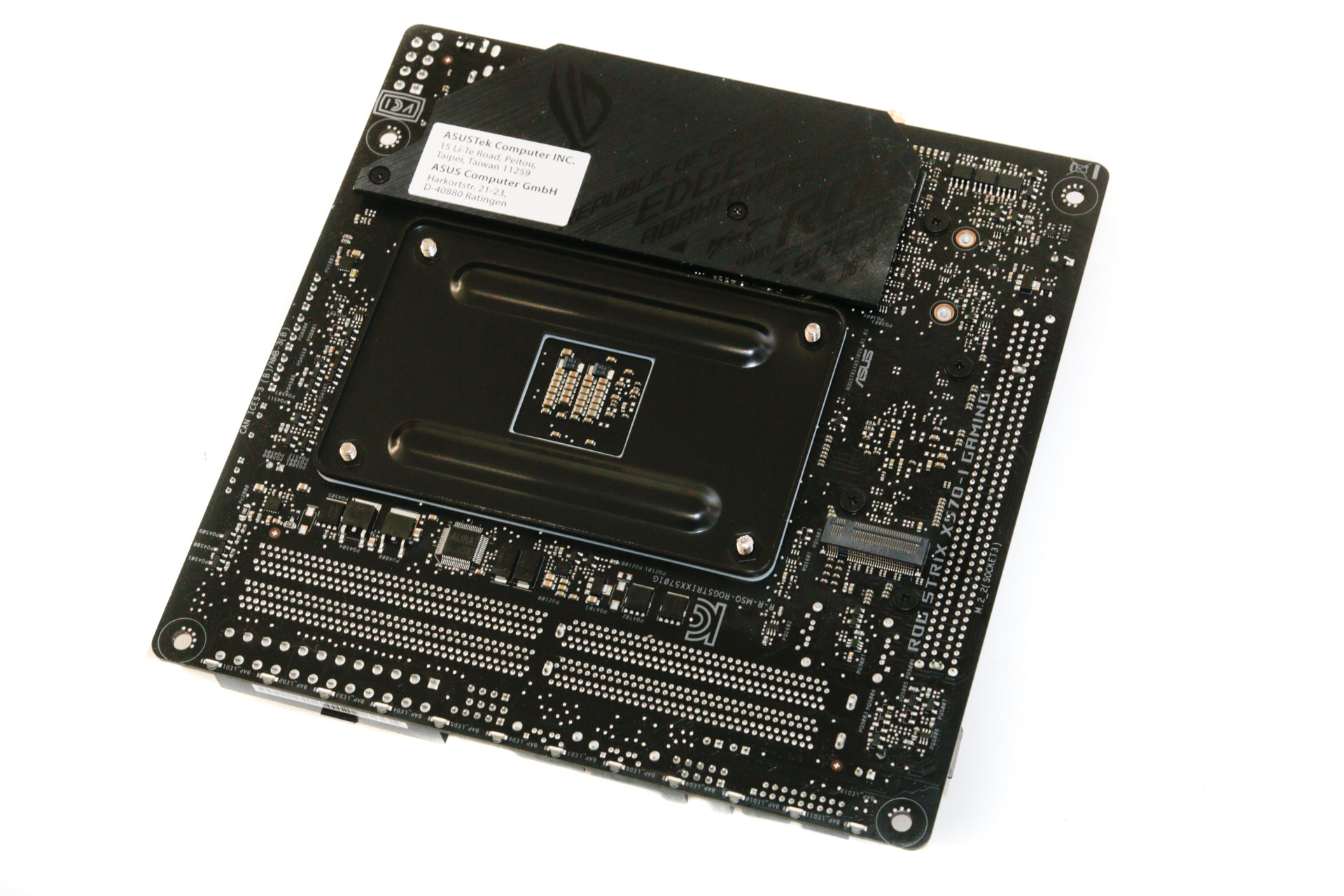
There's a second fan on the chipset, too, so even if you opt for liquid cooling and its resulting poor local airflow on the PCB, the board is able to keep both areas relatively cool. However, the packed I/O area means that there's no integrated shield, which is the first premium motherboard in a while from Asus that's lacked one. The one that's included does at least have perforations to allow the fan to breathe.
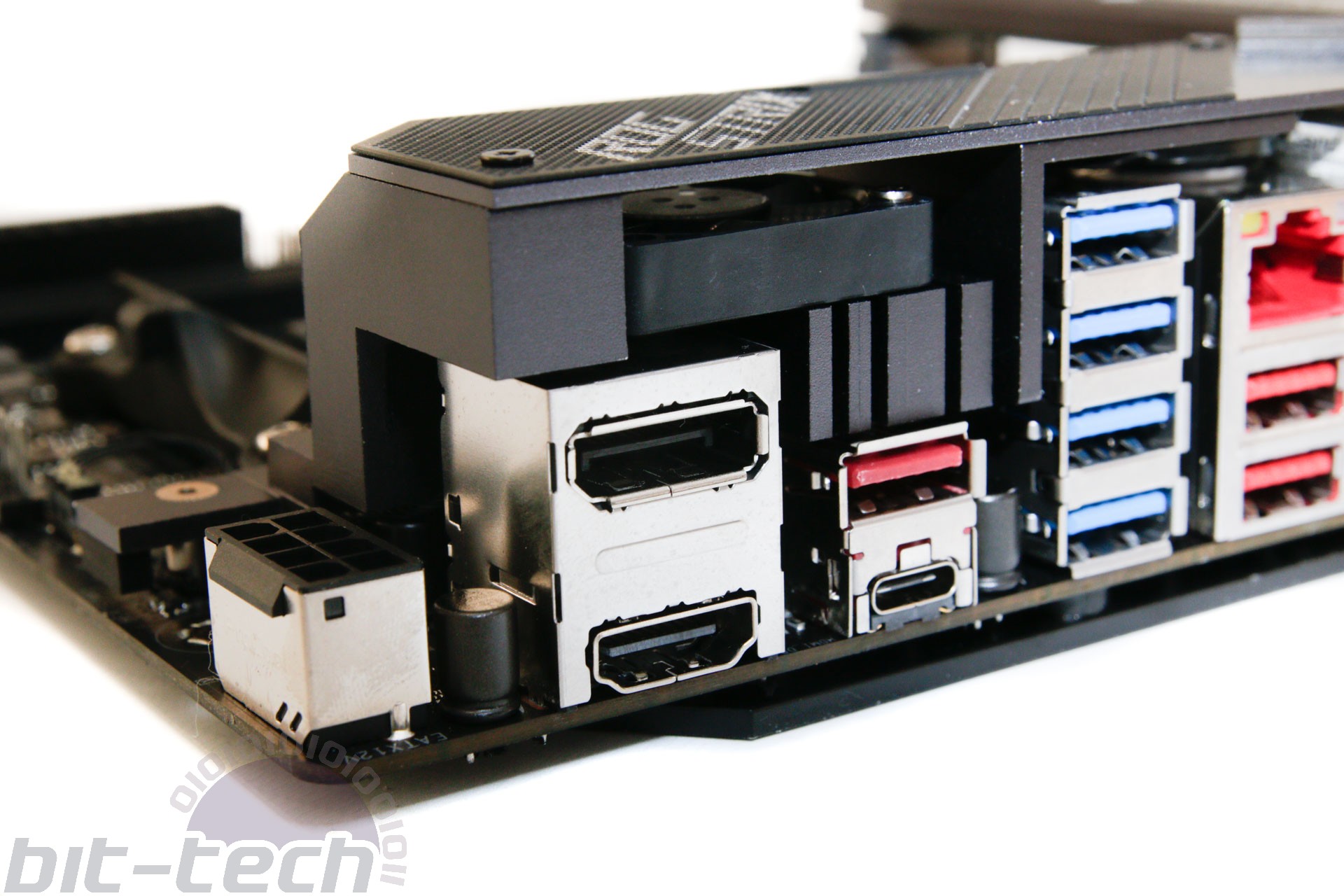
As usual with an Asus mini-ITX motherboard, there's a pretty interesting stack of daughterboards. The audio section is mounted horizontally and, unfortunately, this means you only get three 3.5mm jacks. The really interesting part is that the entire daughterboard, which includes the top M.2 port, is not only equipped with a large heatsink for SSDs, but uses a riser cable to stand the whole daughterboard above the chipset heatsink and fan. While this makes it tricky to get at the release lever for your graphics card as the PCB is extremely busy, it's a far cleverer way of dealing with the situation than Gigabyte's X570-I Aorus Pro WiFi, which also lacks active cooling for the VRMs.
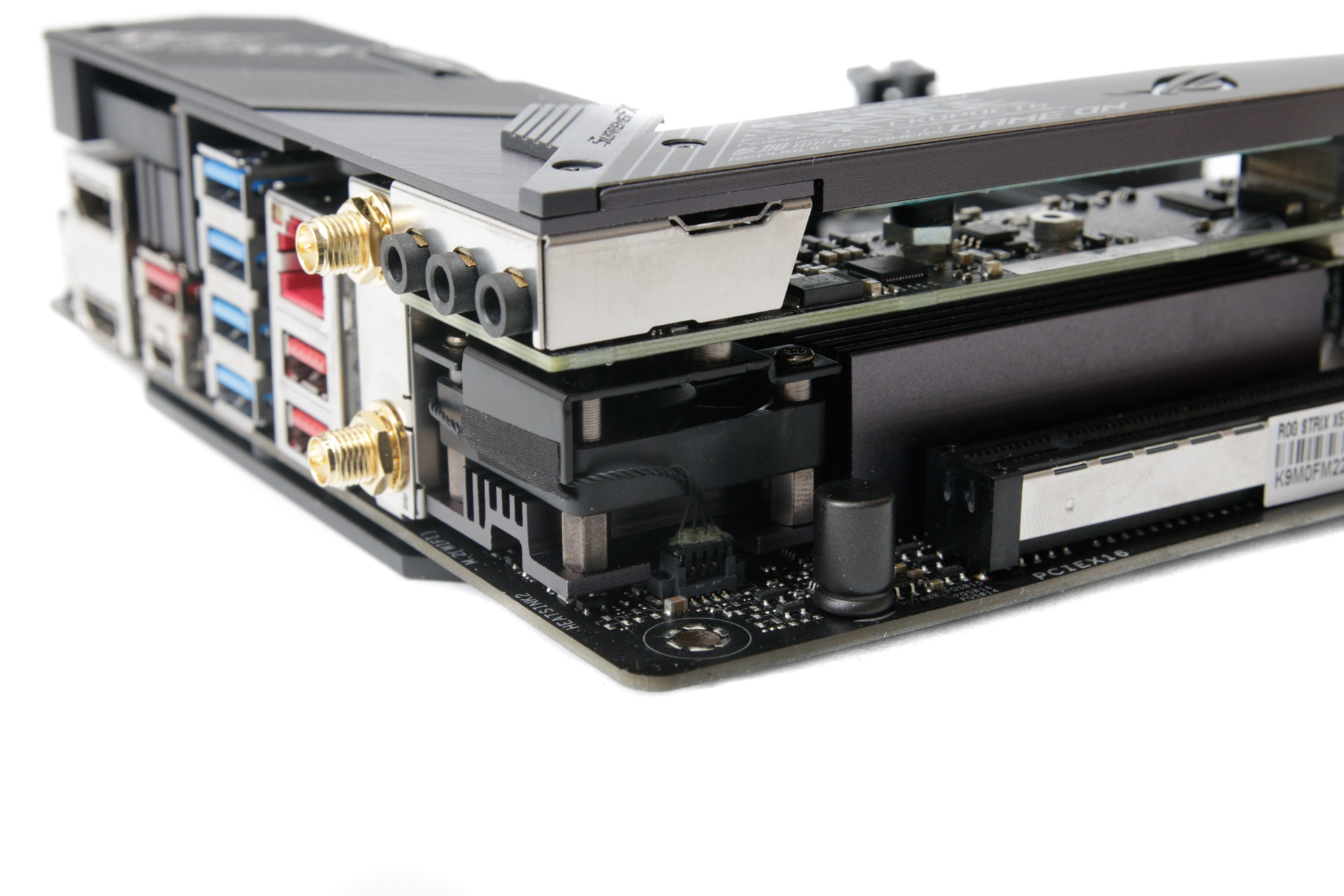
The Gigabyte board also has a pitiful two fan headers. The Asus board has three, with one offering a dedicated means of controlling AIO pumps as well as fans if need be. However, there's far less control here than the Impact, which not only offered more headers by way of an expansion card, but the Strix also lacks the ability to control the chipset and VRM fans. Either way, the board should have you reaching for fewer fan splitter cables than Gigabyte's effort. The RGB lighting is pleasant, too, with a row of LEDs under the right side of the PCB plus an illuminated ROG logo on the M.2 heatsink in addition to 3-pin and 4-pin RGB headers should you want to expand things.
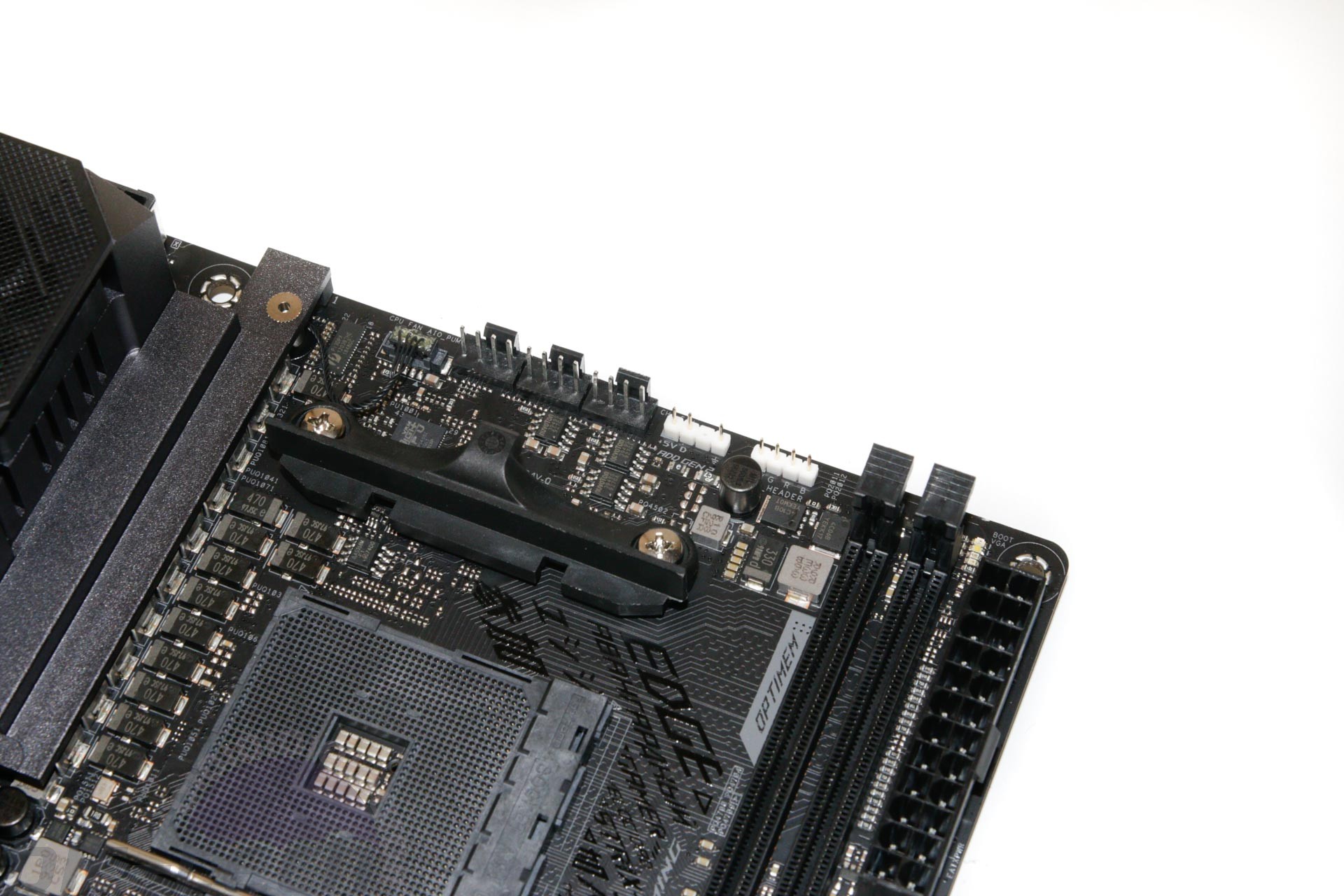
The rear I/O panel, obviously lacking an integrated shield, is relatively well-equipped, but at this price we'd have liked to see some more overclocking and testing tools - there are no power and reset buttons, POST code display or CMOS clear switch, and even USB BIOS Flashback is absent. It's clear, then, that to cram in the cooling necessary, a few compromises have had to be made, but there are at least more USB ports here than the Gigabyte board - a trio of USB 3.1 (USB 3.2) Type-A ports, Type-C and four USB 3.0 ports giving you two more overall.
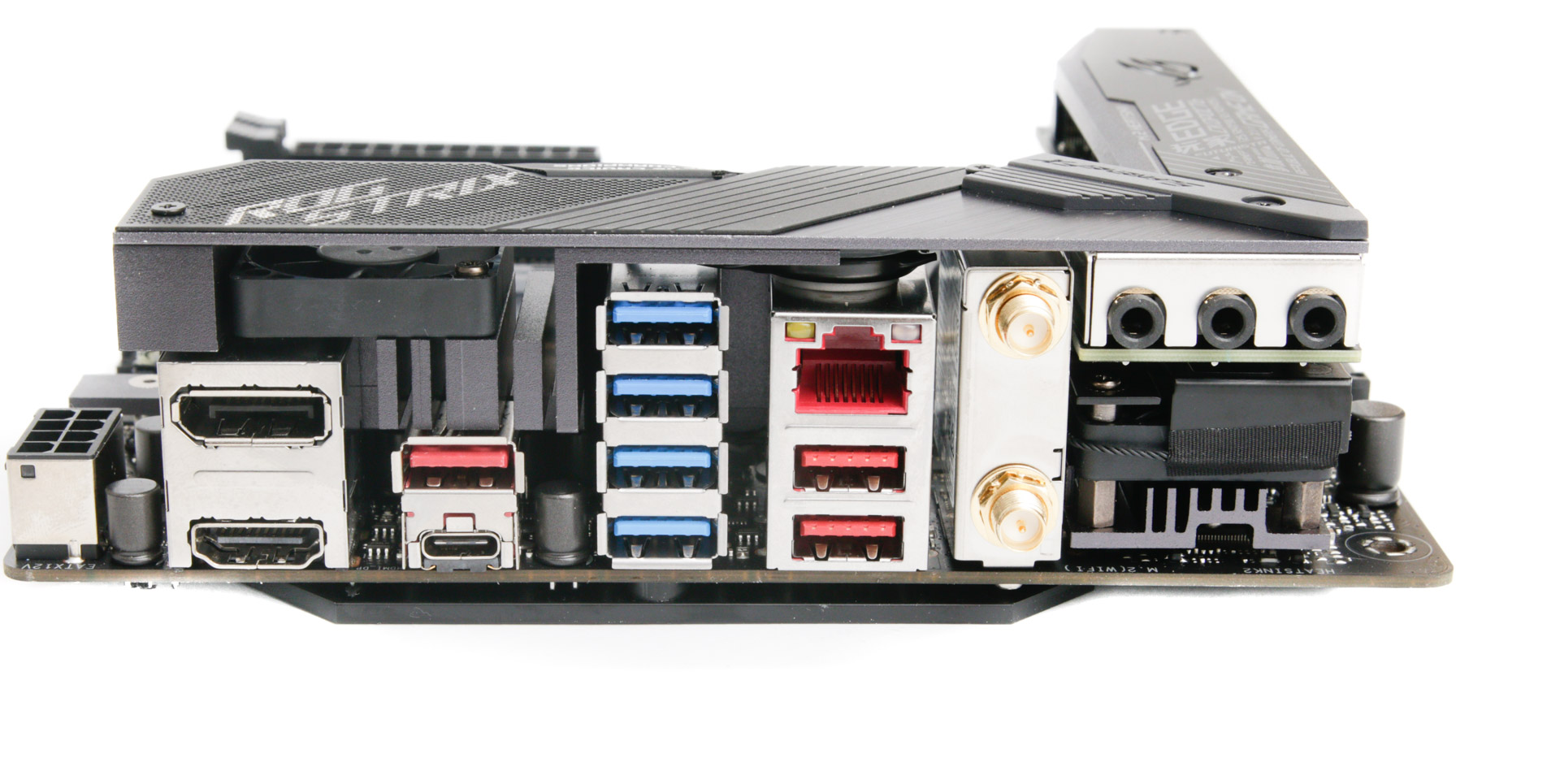
Specifications
- Chipset AMD X570
- Form factor mini-ITX
- CPU support AMD Socket AM4
- Memory support Dual-channel, four slots, max 64GB
- Sound Eight-channel SupremeFX S1220A
- Networking 1 x Intel Gigabit Ethernet, 802.11ax Wi-Fi, Bluetooth 5
- Ports 2 x M.2 PCIe 4.0 x4 32Gbps/SATA 6Gbps, 4 x SATA 6Gbps, 3 x USB 3.1 Type-A, 1 x USB 3.1 Type-C, x USB 3.0 (4 via headers), 6 x USB 2.0 (4 via headers), 1 x LAN, audio out, line in, mic, Optical S/PDIF out
- Dimensions (mm) 170 x 170
- Extras RGB LED extension cable, Wi-Fi aerial

MSI MPG Velox 100R Chassis Review
October 14 2021 | 15:04

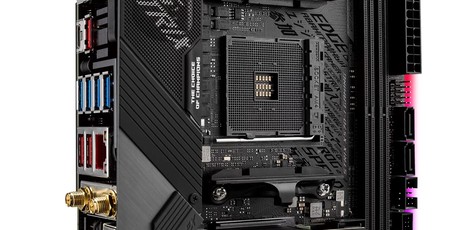
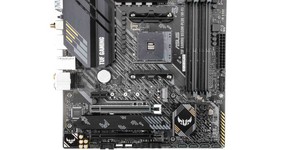
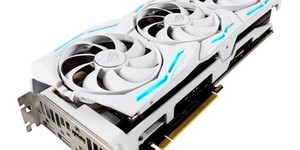
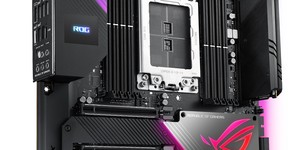




Want to comment? Please log in.